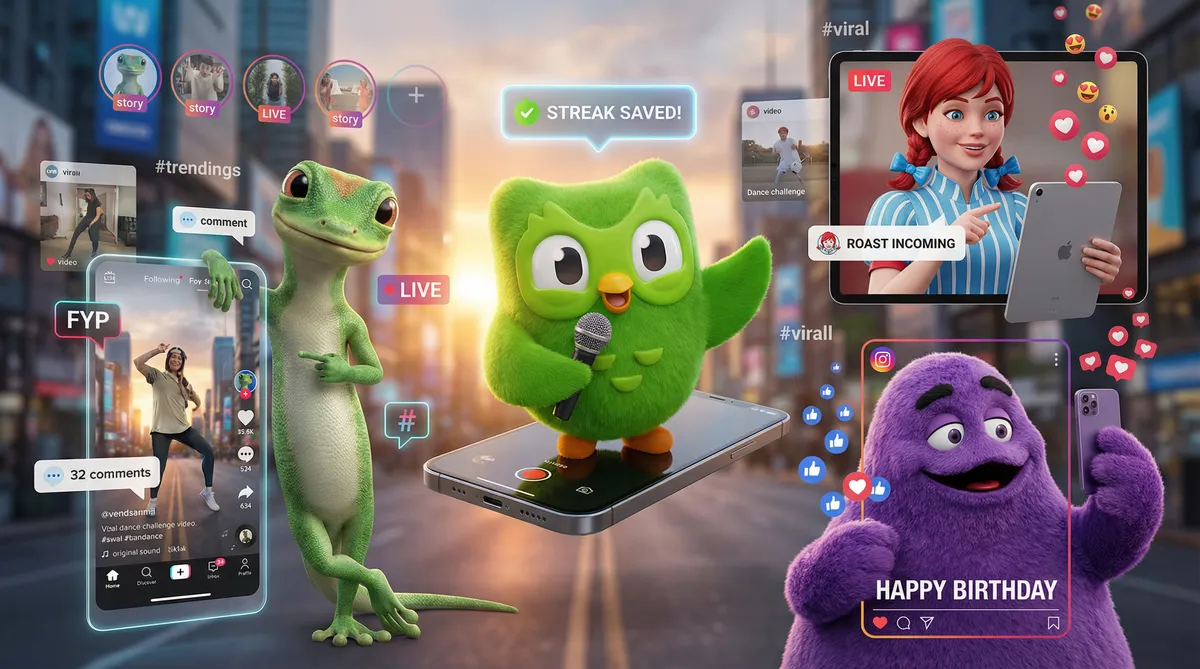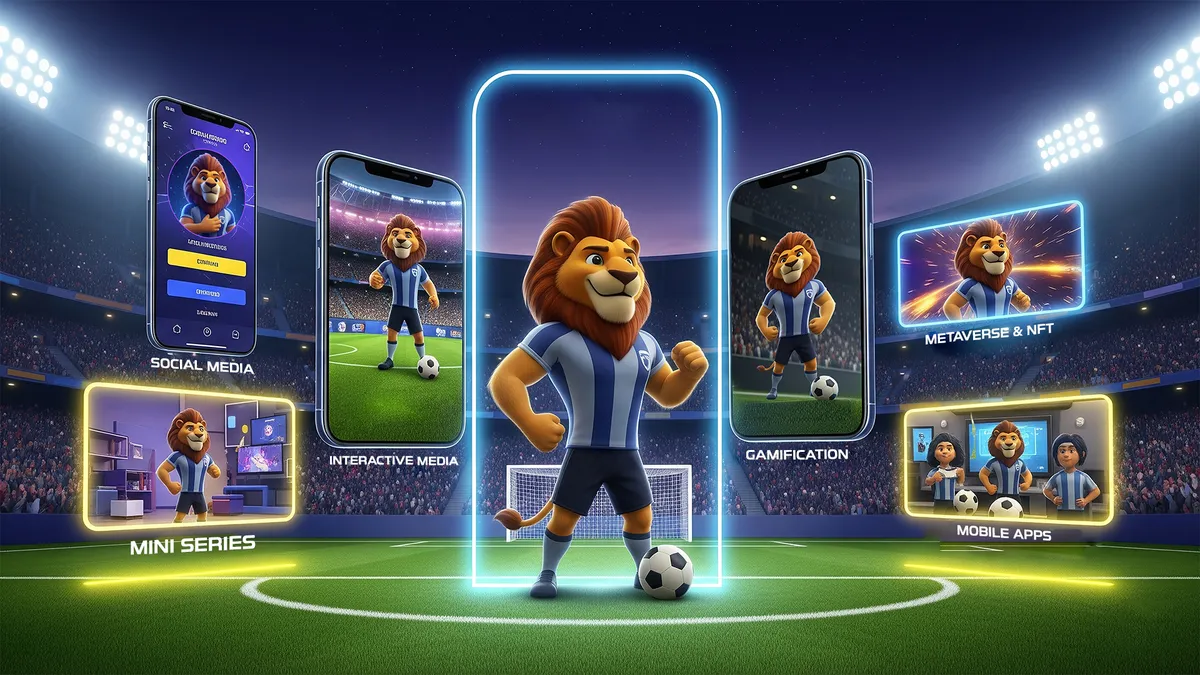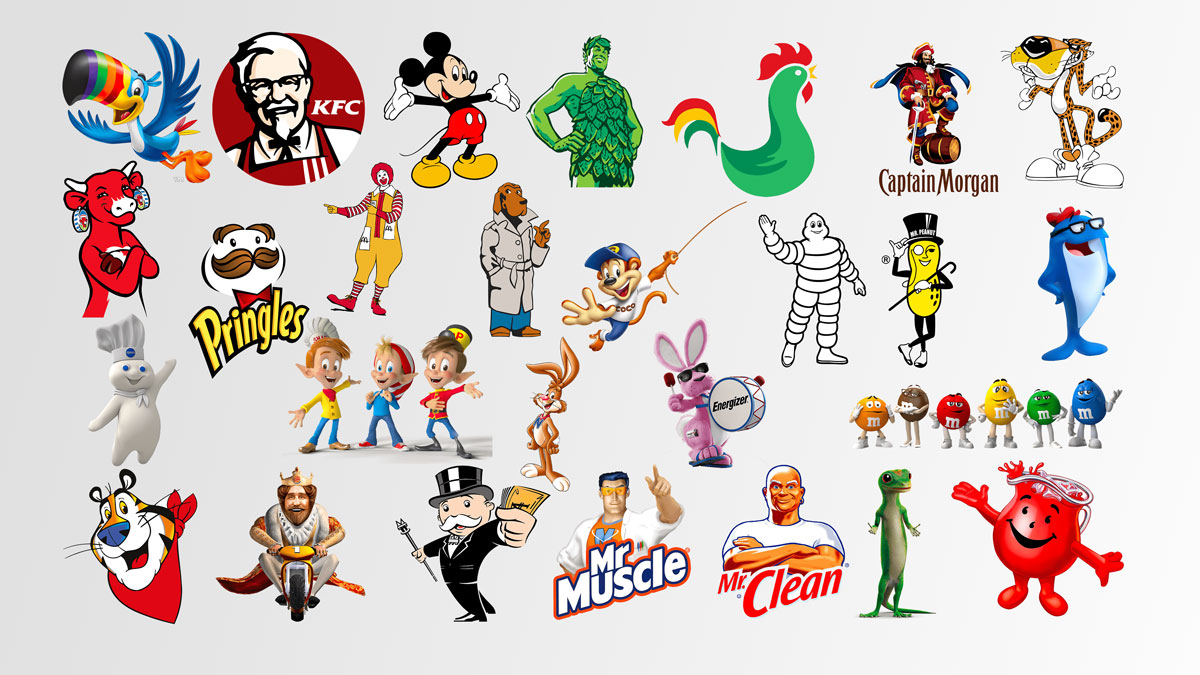
Exploring brand character applications for effective marketing? This blog is your guide. Several brands are actively using their characters to achieve their marketing goals, and you can take the same approach as well. One of the most powerful tools to do this is a brand mascot, so it’s essential to first understand what brand mascots are.
This blog’s primary subject is the use cases of brand character in marketing. However, we’ll provide more information on this topic, from the definition of the term to its creation.
To make the most of your brand’s character, we recommend keeping an eye out for updates. Let’s begin with a short definition of this concept.
Brief Definition of Brand Character
Simply put, a brand character is a creation that embodies the brand’s values and identity. The purpose is to use the character, which can be a person, an animal, or a fictional creature, as the symbolic representative of the business across various channels.
Note that brand mascot and brand character are not necessarily the same. All mascots are considered a form of brand character, but not all brand characters are defined as brand mascots.
Look at this example:
Brand Character (Not a Mascot):
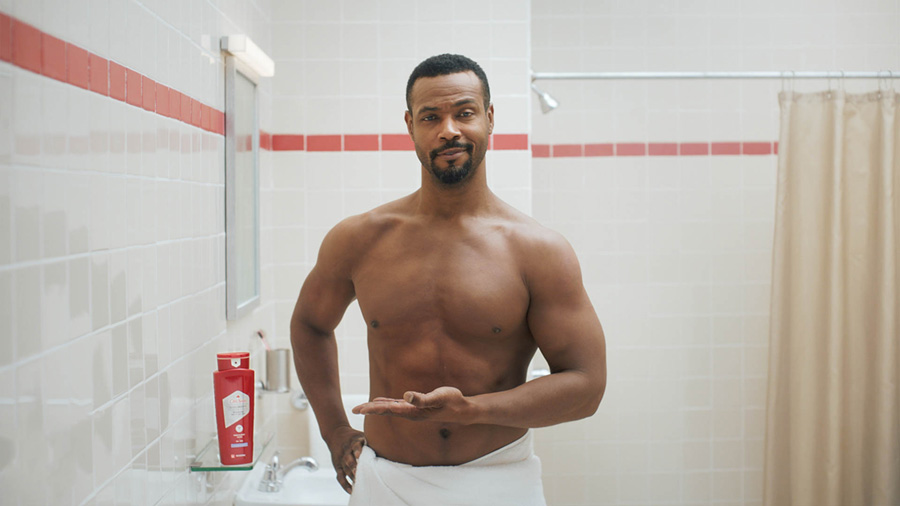
The Old Spice Man (played by Isaiah Mustafa)
- Why it’s a brand character: He’s a fictional persona created to embody Old Spice’s bold, confident, humorous brand identity.
- Why it’s not a mascot: He’s a human actor, not a cartoon or costume character. He doesn’t have the timeless, merchandise-friendly design typical of mascots.
Brand Mascot (A Type of Brand Character):
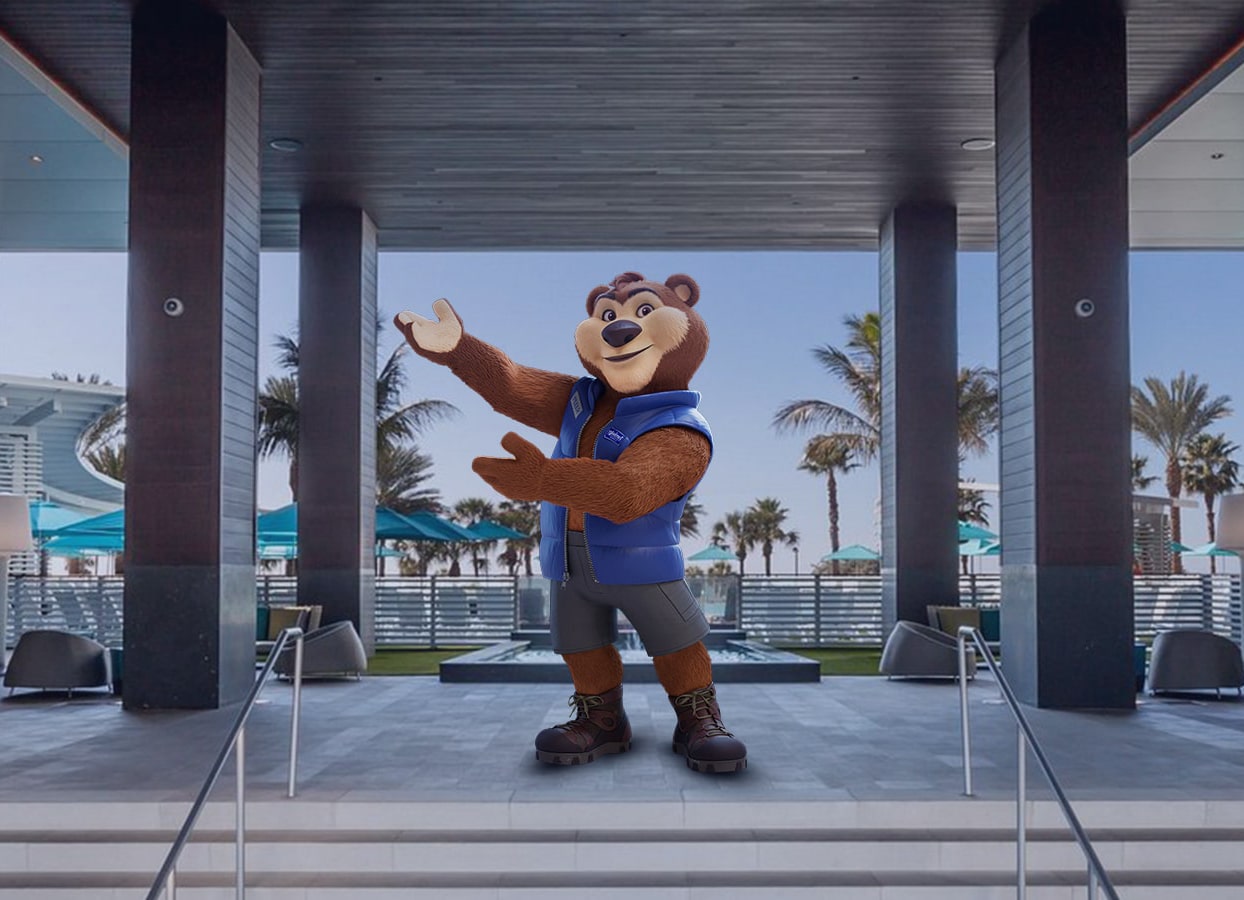
Tony the Tiger from Kellogg’s Frosted Flakes
- Why it’s a brand character: He represents the brand’s values of energy and enthusiasm.
Why it is a mascot: He’s an anthropomorphic cartoon tiger with a distinctive voice and catchphrase (“They’re grrreat!”), designed specifically to appeal to kids and be easily recognizable.
The primary usage of brand characters is in marketing. Therefore, let’s keep this explanation brief and return to the blog’s main topic. If you need more information, read the blog “What is Brand Character.”
However, we’ll examine its advantages for businesses here as well.
What are the brand character Benefits For the Business?
As a business manager, you can expect a well-created brand character to bring multiple benefits to your brand. Most importantly, these representatives can enhance brand recognition efficiently and carve your commercial trademark in people’s minds.
Additionally, a flawless brand character offers other advantages, such as a deeper emotional connection with target audiences, differentiation from competitors and effectively increasing engagement.
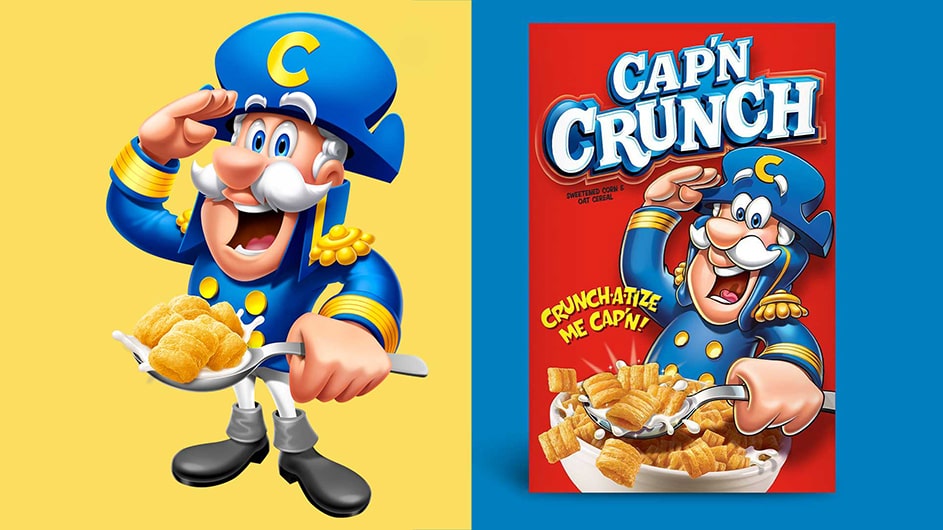
We emphasize the term flawless, as not all characters are capable of achieving these goals.
Now, it’s time to explore ways you can use the brand character for marketing purposes.
Different Ways to Leverage the Brand Character in Marketing Strategies
The world of marketing is vast and includes several sub-branches. Fortunately, brand characters can be used in several areas of this extensive universe and help the business in so many ways.
Here, we’ll explore all the approaches that you can take to benefit from your brand character.
Advertising Campaigns
Generally speaking, advertising is the most significant branch of marketing tree. As you know, it’s a direct promotion approach in which businesses ask their target audience to take their desired action.
The question is how brand characters can help advertising campaigns. Here’s the answer:
First, these representatives can humanize the brand, eliminating the gap between the corporate image and the individual consumer. We can consider a brand a friend, but a brand is a solid, established organization that is not friendly.
This achievement makes fostering a deep emotional connection possible, which we addressed as an advantage of brand characters for businesses.
In fact, a good brand character has the capability to streamline accomplishing all the benefits mentioned earlier in the blog, from enhancing brand recognition to differentiating the brand from its competitors.
And, of course, driving engagement is another critical role of brand characters in advertising campaigns. As stated, the main goal of such campaigns is to encourage potential customers to take a desired action, which can be achieved with the help of a brand character that perfectly embodies brand identity.
In essence, these creations will represent your brand across various advertising channels, enhancing the effectiveness of campaigns.
SMM (Social Media Marketing)
Since more people are using social media, your brand needs a strong plan to leverage these platforms. It’s essential to establish a strong brand image that enhances your online presence and boosts engagement.
Being active and effective on social media is tough for brands. Right now, most brands struggle to stand out on platforms like Instagram. That’s because they’re up against entertaining influencers and professional content creators, and it’s hard for them to compete at that level of content production.
So, brands often take a different approach in terms of tone and style when they appear on social media.
One fast and straightforward way for brands to have a stronger presence is to create a unique brand character.
There are lots of ways to bring this idea to life. Some brands team up with a well-known public figure to act as their brand ambassador. Others invest in an unknown actor to become the face of their brand. Some go for animated or cartoon characters, some use brand mascots, and in recent years, we’ve even seen brands creating virtual influencers.
At the end of the day, all of these strategies share the same goal: building a memorable brand character.
Once again, humanizing the brand is one of the main advantages of using brand characters in SMM.
However, more advantages can be added to the list.
The representative of your business, which is the brand character, will strengthen your brand identity since it’s designed in a way that embodies its core values. As a result, leveraging it consistently on different platforms allows you to create a memorable picture of your brand.
It can also be used as a facilitator to motivate people to partake in UGC campaigns created by your business’s marketing department.
Lastly, we must mention its potential to play the primary role in videos you create to upload on social media accounts. Recently, people’s preference for video content has increased significantly. Therefore, most brands are investing in creating stunning videos to draw attention to their businesses, and we suggest you follow suit.
Specifically, CGI technology and AI content creation for storytelling are becoming more popular and effective than ever. These videos are created using advanced computer technology and typically achieve the highest quality. Incorporating your brand character into the video created with this technology will take you miles ahead of the competition.
We recommend reading the blog “CGI in Marketing: Use Cases, Examples, and Strategies” to learn more about this technology.
Product Packaging
Brand character usage in marketing is not limited to the online world. Conversely, these creations can effectively serve as your representatives in various traditional channels—for example, product packaging.
Integrating the character into your packaging, whether by printing its 2D picture on the package or gifting an action figure alongside the product, enhances brand identity and recognition.
By taking this approach, you’ll take a necessary step to differentiate your brand. Packaging that features your brand character can instantly be recognized and, as a result, stand out among several other packages on the shelf.
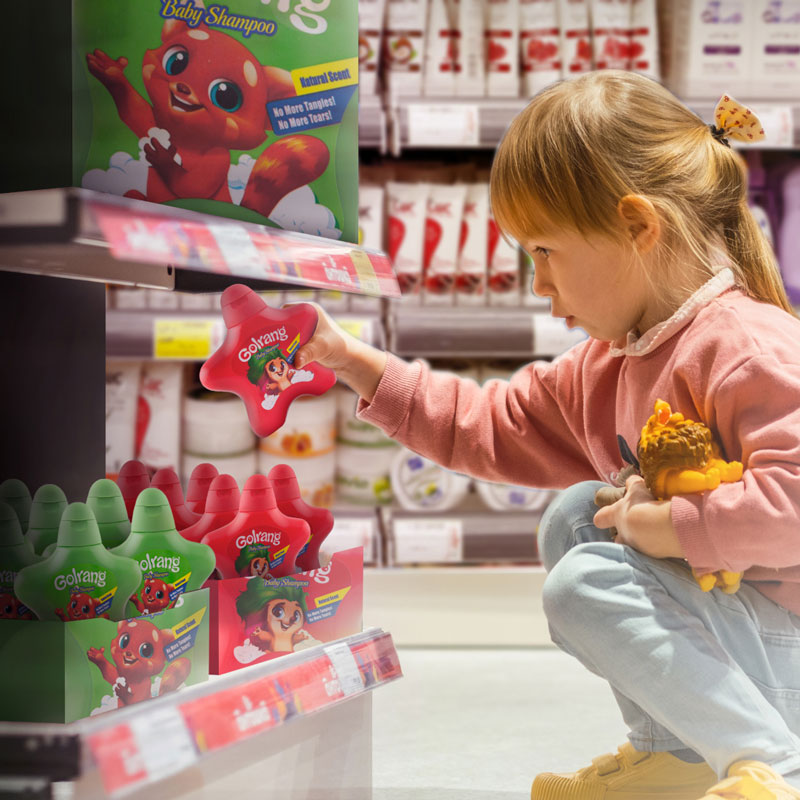
Another benefit of using the character in packaging is the high likelihood that the buyer will share their experience through social media, leading to unprompted user-generated content, which is excellent. It’s like advertising without spending money and, of course, with more influence.
Other benefits, such as fostering an emotional connection, offering a glimpse of the brand’s story, and maintaining consistency across all packaging, are also feasible with this approach.
Mars’ recent rebranding of the iconic M&M’s characters reflects a growing trend in aligning brand imagery with modern values. By updating the personalities, appearances, and even backstories of the characters to be more inclusive and progressive, Mars aimed to make the brand feel more relatable and socially aware. These revamped characters weren’t limited to online campaigns—they were also featured prominently on limited-edition packaging, giving the rebrand a tangible, shelf-level presence.
The updated packaging not only communicated the brand’s evolving identity but also encouraged interaction through elements like QR codes, leading to digital experiences. This integration of refreshed character design with packaging helps spark conversations, especially on social media, where users often share their reactions. As a result, the characters remain culturally relevant while driving organic, user-generated content—enhancing the brand’s visibility without traditional advertising costs.
Content Marketing
There is a common misunderstanding about content marketing, which we must address and modify before discussing another usage of brand character in marketing.
Many think content marketing is only about writing blogs and focusing on text format. However, this form of marketing goes beyond and includes all content forms: videos, text, images, and audio. It aims to attract attention and achieve marketing objectives by providing target audiences with valuable information they seek and need.
Keep that in mind, and let’s find out how a brand character can be helpful in this field.
Combining a good strategy with the power of brand characters can increase the efficiency of content marketing campaigns. Creative mindsets can take the most advantage of their respective business characters in this matter.
For example, you can provide information through the character’s voice. In blogs, you can add pictures with the characters to further explain each section.
As mentioned earlier, in videos, you can choose the brand character as the leading role to keep audiences engaged and convey the information you’re going to offer them.
Overall, by leveraging the brand character in content marketing, you’ll benefit from the following:
- Enhanced brand recognition
- Fostering a deep connection
- Ability to work on versatile content form
- Set your brand’s content apart from tons of data your rivals create
In essence, the influential role of the brand character in content marketing is undeniable, but only if it is used correctly and strategically.
Use it as a Virtual Influencer or AI Influencer
A brand character can be developed into a Virtual Influencer (VI) or AI Influencer, and this approach is becoming an increasingly effective strategy in digital marketing.
By transforming a brand character into a virtual persona, companies can create a consistent, fully controlled voice that communicates directly with their audience across social platforms. Unlike human influencers, virtual characters don’t carry the risk of personal controversy or brand misalignment, offering a safer, more scalable option.
These AI-driven personas can be active around the clock, engaging users with personalized content, storytelling, and even conversations powered by large language models.
With the right creative and technical investment, transforming a brand character into a virtual influencer can lead to higher engagement, stronger brand loyalty, and a distinctive digital presence.
Event marketing (Physical Attendance)
Let’s examine this use case of brand characters in marketing with an example.
Namour is a brand character we proudly created for a valued client. In the final days of 2024, our client hosted an event in which Namour played a critical role. Their target audience is children, so Namour was designed as a friendly tiger with a cheerful, smiling face to excite and delight them.
Someone dressed up as Namour at the event, and the children were thrilled, precisely like an event hosted to entertain them. As you can see in the video below, they shout, run toward the big Namour, hug him, and have a fantastic time.
Regardless of your target audiences and your business’s industry, you can take a similar approach to benefit from brand characters’ physical attendance at events you host.
Remember, a brand character should always reflect a business’s values and identity. So, don’t let this example misguide you into thinking that this kind of application is only suitable for brands whose target audiences are children.
View this post on Instagram
Merchandising
Merchandising is a proven way to generate additional income. Regarding brand character benefits for this branch of marketing, case studies demonstrate that integrating these two allows you to enhance brand recognition and customer engagement efficiently.
First and foremost, with some creativity, you can turn the brand character into a distinct product and earn money by selling it to true fans of your business. It can be a toy, an action figure, a practical accessory, or something else.

This approach strengthens your bond with customers, which is a valuable achievement. Marvel is taking a similar approach and selling action figures of its popular heroes, such as Thor, Iron Man, and Captain America. We can all agree that this company is benefiting from this type of merchandising. So, why don’t you try your luck with your business’s brand character?
However, you’re not obligated to produce goods within your firm because you’ll always have the option to collaborate with other businesses to help each other accomplish further milestones faster.
Partnerships with other brands let your brand be demonstrated to a broader audience. A more diverse group of potential customers you may not have reached before. Therefore, consider planning partnerships strategically and collaborating with businesses with the same target audience as your company.
If your brand character is already famous and loved, focusing on creating limited-offer merchandise is a good way to urge consumers to pay you more. They’ll likely accept your offer since you successfully developed a character they like and have no problem spending money on valuable stuff related to that representative of your business.
Earlier in this blog, we discussed event marketing and how you can incorporate brand characters in them, with a fantastic example. Now, we want to reveal a golden formula that does magic.
Create specialized goods and stuff for events, whether you’re the host or a participant in a single booth. Aligning brand character-themed merchandise with the event’s theme increases sales potential and brings additional benefits.
Educational and Cause-Related Marketing
If you’re planning to educate customers or employees, the brand character can take on the role of a teacher, assuming responsibility and providing attendees with the necessary knowledge. Using the brand character for this purpose has two primary benefits:
- You’ll save money on hiring additional staff (teachers)
- You can convey the information in a more entertaining way
As you know, the brand character is a fictional creation. That means possibilities are endless. You can offer pre-created videos, dress someone as the character to teach, and bring it to life in the class as a hologram. Who are the students, and what are your branding guidelines? The answers to these questions will determine the best way to utilize the brand character as a teacher.
Moreover, businesses often use brand characters to inform people of their social or environmental causes. What’s your brand’s bigger goal? Save water resources all around the world? Helping global healthcare? Providing more human beings with warm food? Let the brand character be the voice that shares your mission.
Important note: Specialists must consider the business’s social and environmental impact when developing the brand character. This ensures that the brand character is the authentic voice of your label and flawlessly embodies the values you care for.
Public Relations
Since the brand character is meant to represent your brand, you can also use it for public relations. This allows you to enhance your brand’s image and make the character more familiar and relatable.
A well-created character is considered the business’s agent. Therefore, people will listen to it and take the fictional creation seriously, so you can let it be the announcer of statements.
In other words, target audiences will recall your business when encountering the character, so it’s only natural to assign the vital responsibility of reputation management to it through proper public relations.
However, statements and announcements are prepared behind the stage, as you know. Using brand character for this purpose ensures that more people will get the message.
Here, we reach the end of the list of brand character applications in marketing. The blog, however, is not finished yet. Let’s study some case studies of using brand characters for marketing objectives.
3 Succesfull Case Study
Remember that brand mascots fall within the category of brand characters. The examples you’re going to read in this section are brand mascots that serve the brand they represent very well.
-
The Land of Legends
The Land of Legends, is an amusement park owned by Rixos World Parks & Entertainment in Antalya, Turkey.
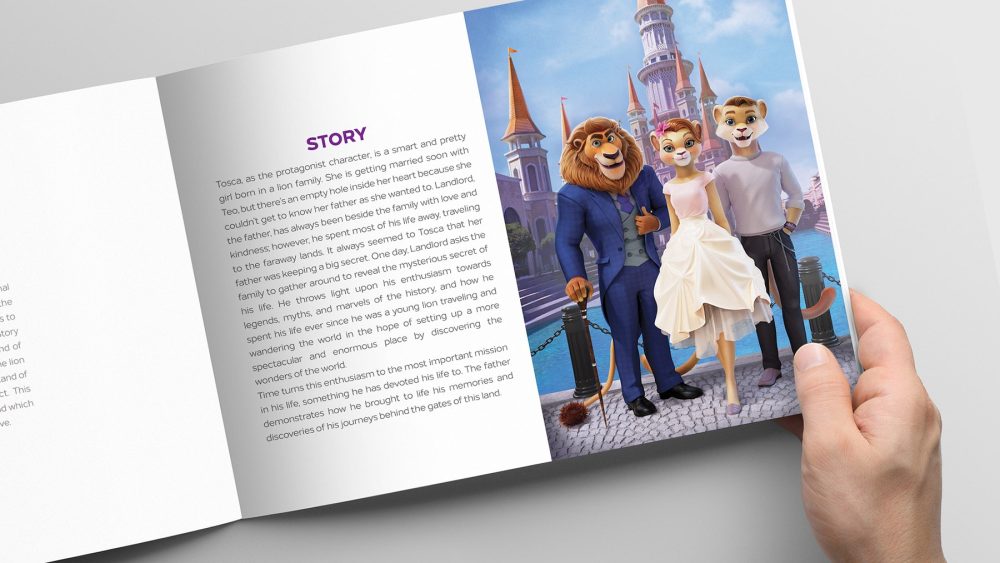
This renowned brand was our customer, and we proudly announce that our team had a crucial part in shaping this fantastic park.
Let’s get to the point: the brand’s mascots, three lions designed according to the brand’s DNA, are truly helpful in marketing and advertising.
These lions are well-crafted and perfectly personify the brand’s essence. Therefore, our Dream Farm Agency experts succeeded in providing the TLOT managers with suitable material to achieve their marketing and advertising objectives.
-
Geico Gecko
Another brand mascot that demonstrates the usefulness of a brand character in marketing is Gecko, the brand character of the insurance company Geico. Gecko’s popularity is global, and with no exaggeration, billions of people know this lizard.
For marketing purposes, the insurance company mentioned has been using its mascot in various advertising campaigns for several years straight.
Professionals designed the Gecko flawlessly, embodying all of Geico’s attributes. It’s a funny lizard that one can easily relate to the insurance company. Consistent use of the mascot for more than 20 years and across diverse channels helped Geico build a robust brand image in minds.
-
Tony the Tiger
This mascot is as old as our grandparents. Therefore, its popularity and fame make the fictional animal a solid choice for the leading actor in advertising campaigns.
This is exactly what Kellogg is doing. Tony’s friendly face in Frosted Flake cereal guarantees quality for consumers, and over the past 70 years, Tony has helped the brand accomplish predetermined milestones.
It’s worth noting that brand characters like this one, which are old and famous, can go beyond and directly impact the rate of loyal customers, which research shows that Tony has done.
Altogether, if you look around, you’ll see many big and small businesses continually using their brand characters for different marketing goals.
In the next section, we’ll answer a common inquiry on brand characters.
We Create a Flawless, Effective, and Relatable Brand Character for Your Business
In this blog, we mentioned The Land of Legends as one of our previous works in creating brand characters. Our skilled team has a rich resume of making these creations for various businesses in different industries and is eagerly ready to create an adorable one for your brand.
Our services go beyond developing characters; we offer anything related to branding. Our experts have access to all the needed infrastructure and tools to maximize their expertise in creating a brand character for your business and helping you run more efficient marketing campaigns.
You can review our previous work on the website’s dedicated page. If you’re optimistic we’re the best fit for your unique needs, contact us to begin the process immediately.
Nikan
